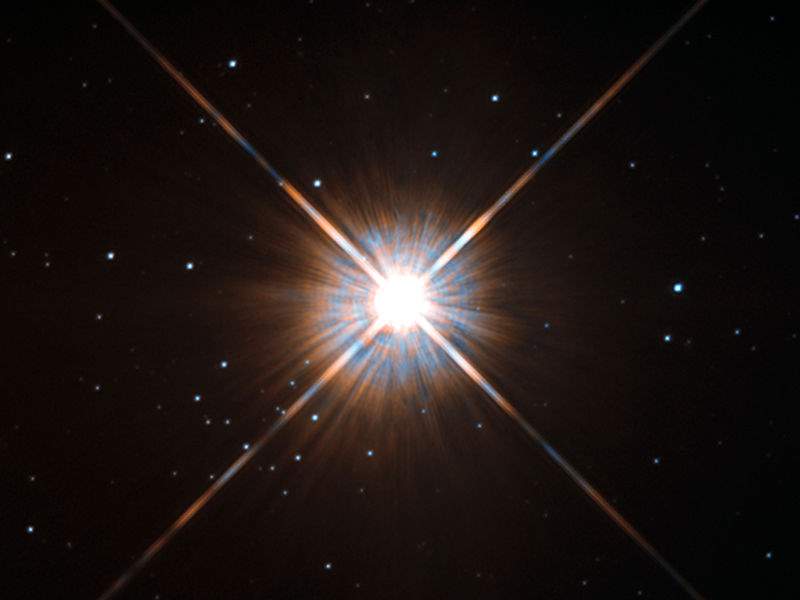Another “putting things into perspective” video which I liked, shows how big space is, and actually how far the nearest stars are from us.
In the video published by the Cody’sLab channel below, we’ll see how far would the nearest star from us, if the Sun was the size of a pea (7 millimeters). He made a 200 billionth scale model to demonstrate (5×10-12).
Spoiler: if the Sun was the size of a pea, the closest star to us (other than the Sun, of course), Proxima Centauri, which is about 4.243 light-years from Earth would be approximately a whopping 202 kilometers (125 miles) away!.

Related: Why the night sky is dark?
On this scale, the distances of some objects from the Sun would be:
- Earth: 70 cm (2.3 feet), 1 AU (Astronomical Unit, the distance between Earth and the Sun, which is actually 93 million miles or 150 million kilometers)
- Jupiter: 4 meters (12.8 feet)
- Pluto: 30 meters (97 feet)
- Voyager 1: 96.6 meters (317 feet)
- Proxima Centauri: 202 kilometers (125 miles) – real distance: 4.243 light-years
- Alpha Centauri (nearest visible star to the naked eye): 210.87 kilometers (131 miles)- real distance: 4.367 light-years. Alpha Centauri is also the nearest sun-like star.

Sources
- Proxima Centauri on Wikipedia
- Moon Landings: All-Time List [1966-2025] - February 2, 2025
- What Is Max-Q and Why Is It Important During Rocket Launches? - January 16, 2025
- Top 10 Tallest Rockets Ever Launched [2025 Update] - January 16, 2025
